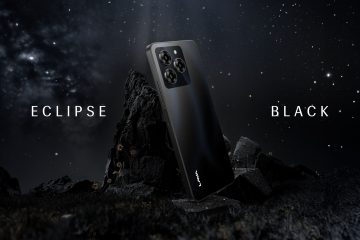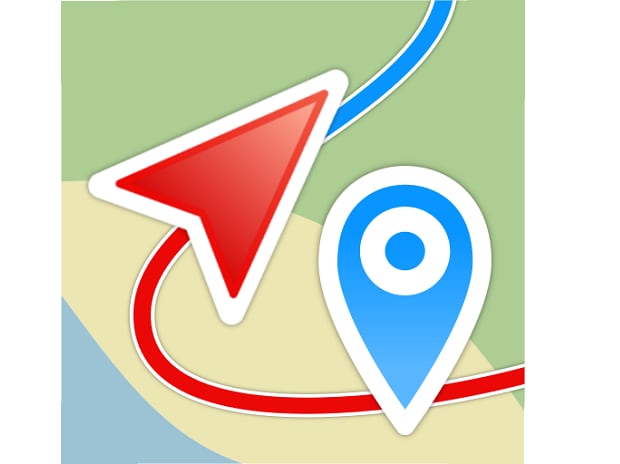Apple in its recently concluded Worldwide Developer Conference (WWDC) announced its first augmented reality and virtual reality (AR/VR) headset, Vision Pro, for $3,499.
“They went with a higher resolution display, and between that and all the technology they put in there to power it, it costs seven times more and now requires so much energy that now you need a battery and a wire attached to it to use it. They made that design trade-off and it might make sense for the cases that they’re going for,” Zuckerberg was quoted as saying in the report.
“I think that their announcement really showcases the difference in the values and the vision that our companies bring to this in a way that I think is really important. We innovate to make sure that our products are as accessible and affordable to everyone as possible, and that is a core part of what we do,” he said.
Apple’s bet on a higher price point is surprising, especially when one looks at the falling shipment of AR/VR headsets.
Among the top 5 AR/VR headset makers, Meta continued to lead with a 47.8 per cent market share, following close is Sony’s PSVR 2, which captured a 35.9 per cent share during the quarter. ByteDance (Pico) managed to grow its share from 4.4 per cent last year to 6.1 per cent, and DPVR and HTC rounded out the top 5 with each having less than 2 per cent share.
I believe the intention and focus (of Apple) will be to initially target high-end users, tech enthusiasts, and early adopters who can afford this price point. In this sense, it will suit its target market.”
While Zuckerberg and Musk may have their view, analysts believe that Apple could still have a winning hand. “While the Vision Pro might not drive significant volumes given its premium price point, it could be the potential catalyst for the AR/VR market as Apple has proven in the past that consumer engagement can deliver willingness to pay premium pricing and Apple’s focus is clearly to hit a home-run on consumer engagement as opposed to volumes with the first device in what admittedly will be a multi-year journey for the platform,” said a JP Morgan report.
Vision Pro leverages Apple’s M2 chip for standalone performance and a new R1 chip to process input from 12 cameras (including 3D Camera), five sensors (LiDAR, TrueDepth, Infrared, etc), and six microphones, as well as enable the spatial audio system. The device also leverages a brand new OS, visionOS, which enables a custom three-dimensional interface with content that is either immersive or present in the user’s physical world, and that is controlled via a person’s eyes, hands, and voice (no controllers).
Note:- (Not all news on the site expresses the point of view of the site, but we transmit this news automatically and translate it through programmatic technology on the site and not from a human editor. The content is auto-generated from a syndicated feed.))



